When I first saw the waters of Maratea, I actually blinked and wondered if I was staring at a Caribbean postcard instead. Maratea’s coastline glows with an intense, crystalline blue—honestly, it rivals places like the Maldives, especially when the north wind stirs the surface. This hidden gem on Italy’s southern coast stays refreshingly uncrowded, which is a relief after experiencing the crowds of the Amalfi Coast.
Walking along Acquafredda beach, the dramatic cliffs and turquoise waters stopped me in my tracks. The seabed here is a dream for anyone who loves snorkeling. I spotted colorful fish darting between rocks and sea plants with ease.
Unlike the packed beaches you find in more famous Italian spots, Maratea gives you space to breathe. It’s easy to actually connect with the Mediterranean landscape when you’re not elbow-to-elbow with other tourists.
Maratea officially ranks as one of Italy’s most beautiful villages, and I totally get why. Tucked into the Gulf of Policastro, right where Campania, Basilicata, and Calabria meet, it somehow blends authentic Italian culture with beaches that honestly look tropical.
The light-colored sand makes the water look even more Caribbean, which is not what I expected to find in Southern Italy. Most international travelers haven’t caught on yet, so it feels like a secret.
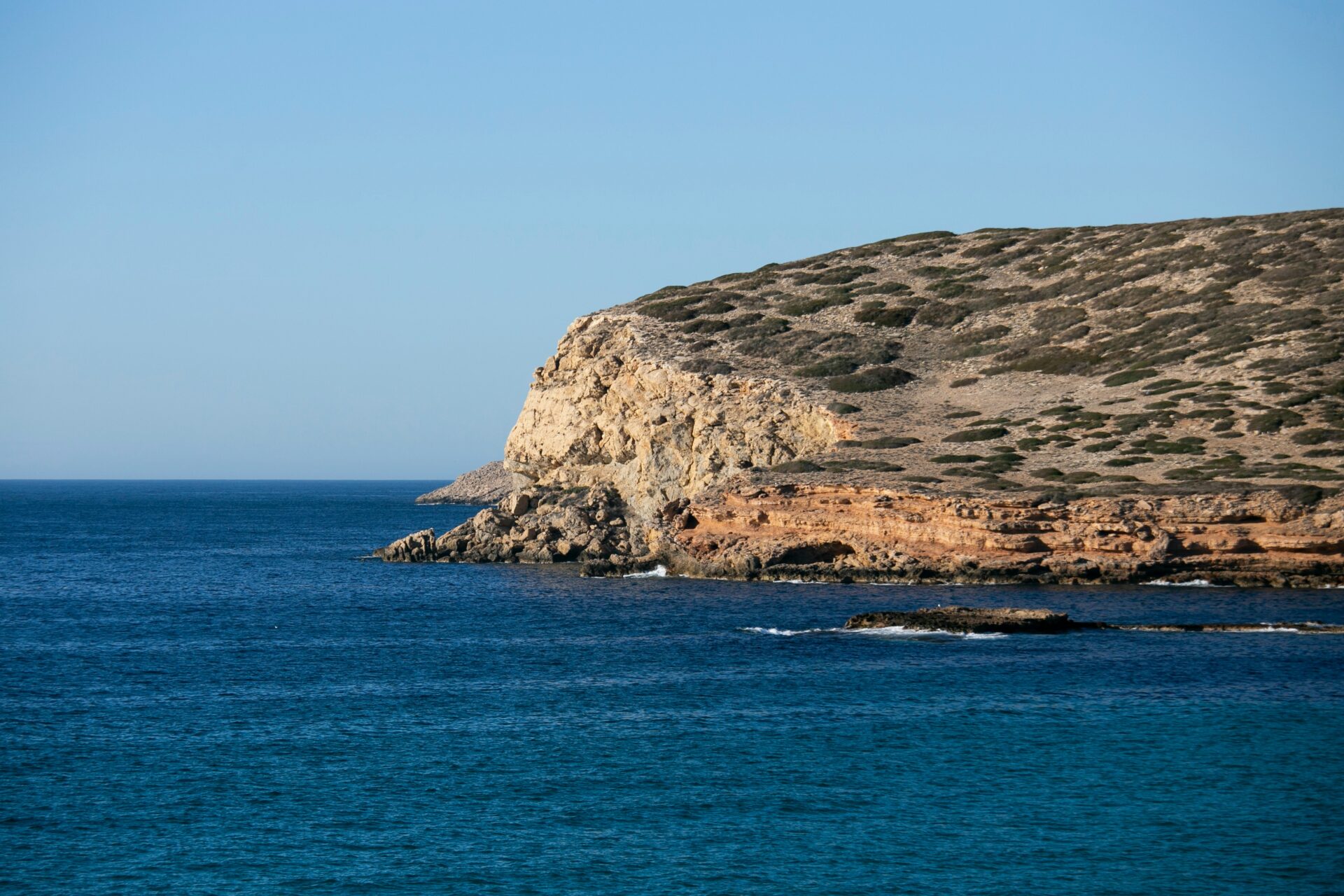
Discovering Maratea: Southern Italy’s Coastal Gem
Maratea hugs the Tyrrhenian coastline, offering a breathtaking alternative to Italy’s more crowded hotspots. This hidden pearl in Basilicata brings together dramatic scenery and genuine Italian charm.
I’m still surprised more travelers haven’t discovered this place.
The Unspoiled Beauty of Maratea
When I first arrived, I couldn’t help but notice how much Maratea’s coastline reminded me of the Caribbean. The 20-mile stretch shows off turquoise waters so clear, you can see straight to the bottom.
You won’t fight for a patch of sand here like you would on the Amalfi Coast.
Cliffs tower above the sea, dropping sharply into gentle waters. The coastline bounces between fine sandy beaches and rocky coves, so every spot feels a little different.
Thick Mediterranean pine forests and lush green vegetation create a vibrant backdrop against the bright blue sea. Mass tourism hasn’t really touched this area, which keeps its authentic character intact.
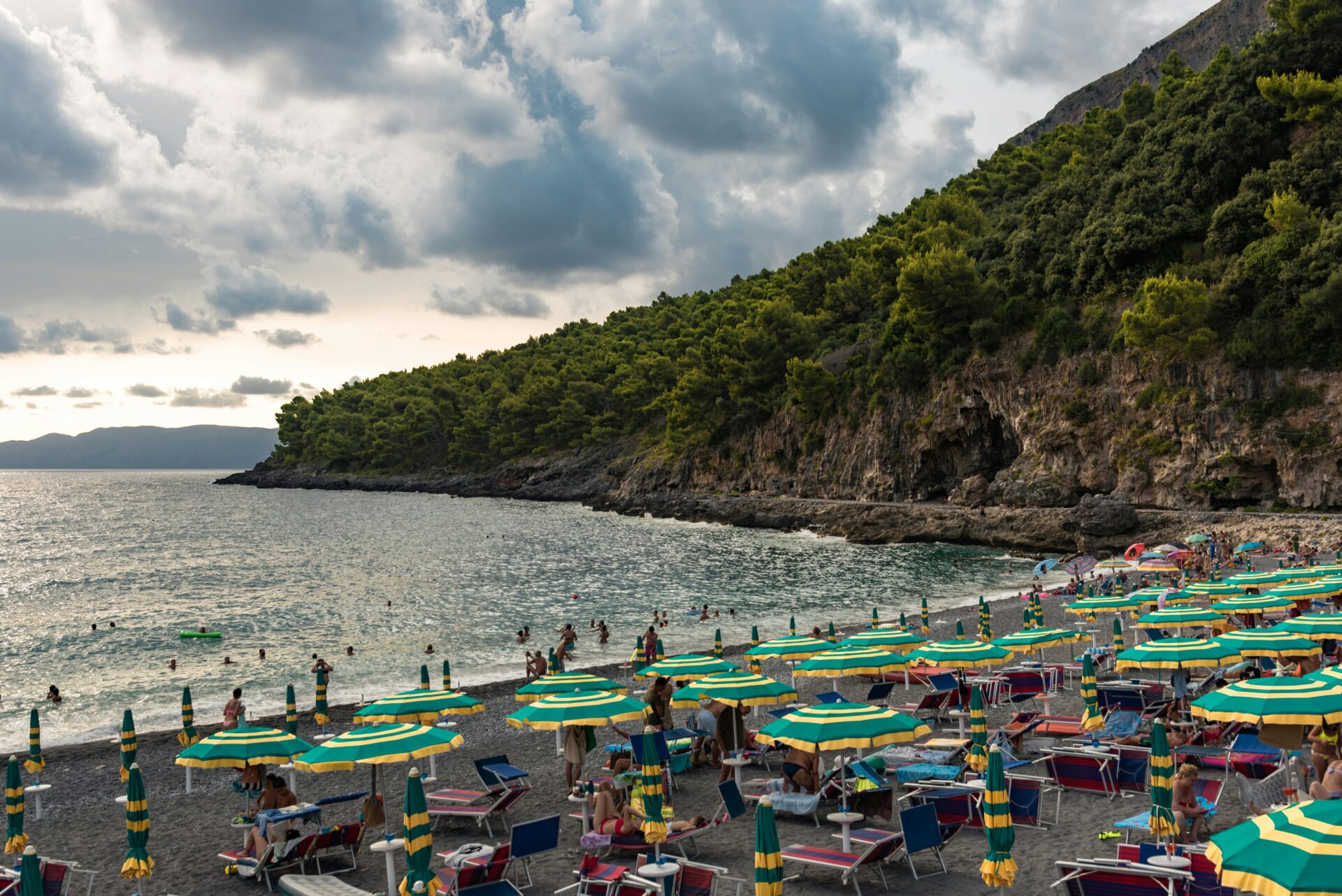
Local Life and Vibrant City Culture
Wandering through Maratea’s historic center, I found a town packed with sacred art and genuine culture. Locals call it “the town of 44 churches”—which is wild for such a small place!
The main town perches above the coast, giving you spectacular views of the Tyrrhenian Sea. Narrow streets twist between whitewashed buildings, and everywhere you look, flowers and local crafts add splashes of color.
Life here moves at a relaxed pace. In the mornings, farmers fill the markets with fresh produce.
Afternoons usually mean long lunches at family-run trattorias. It’s the kind of place where nobody rushes.
Down at Porto di Maratea, the harbor acts as both a working fishing port and a charming marina. You’ll find the freshest seafood restaurants here and get a little glimpse of the area’s maritime traditions.
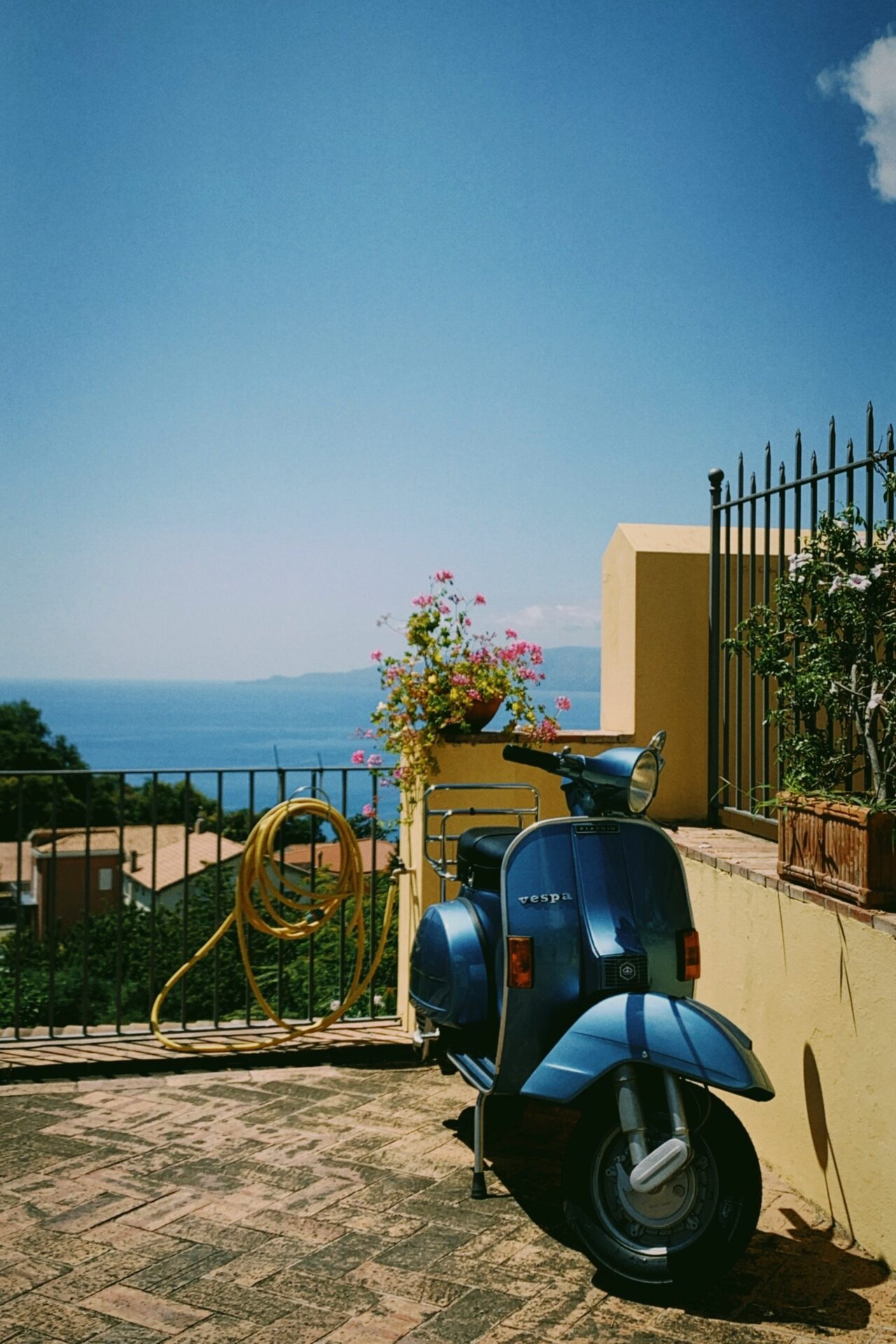
How Maratea Differs from Popular Destinations
Unlike Naples or the Amalfi Coast, Maratea stays blissfully under the radar. I’ve had entire beaches almost to myself—something that’s unthinkable in more famous Italian towns.
Prices here reflect what locals pay, not inflated tourist rates. My accommodations cost about half what I’d spent in Positano, and the views were just as stunning.
You notice the authenticity right away. Instead of rows of souvenir shops, Maratea’s boutiques feature local artisans’ work.
Restaurants stick to Basilicata specialties, not watered-down “Italian” dishes for tourists. It’s refreshing.
Most of all, Maratea gives you a rare chance to experience Mediterranean coastal life the way locals do. It feels like Italy used to—beautiful, real, and totally unhurried.
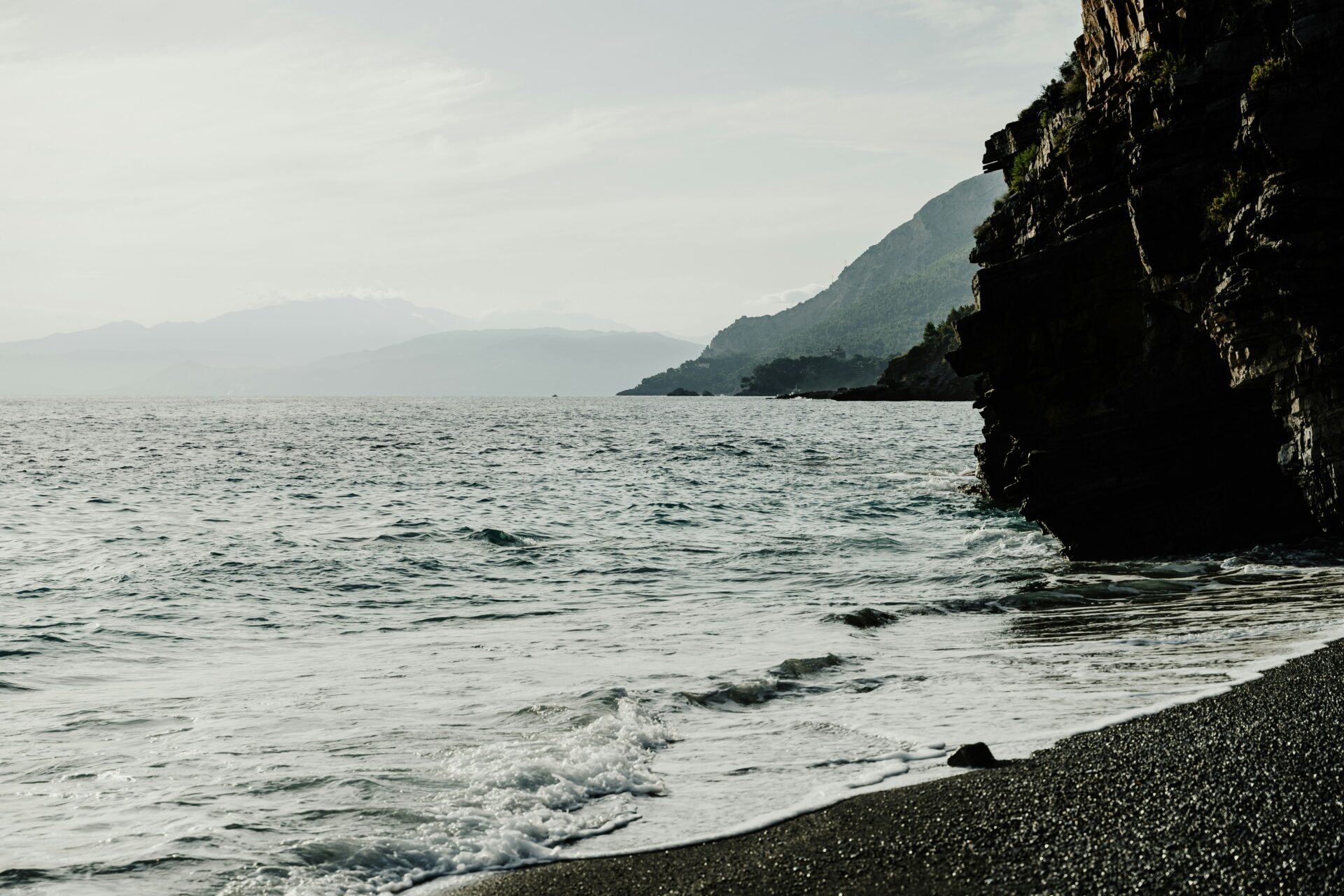
Caribbean Colors in Maratea’s Waters
The first time I saw Maratea’s coastline, I couldn’t believe the shades of blue and turquoise shimmering on the water. These colors honestly rival what you’d expect to find in the tropics.
Crystal-Clear Sea and Its Unique Hues
The water here has a clarity that’s just wild. On calm days, I could spot fish swimming 15 or even 20 feet below me. That kind of visibility isn’t typical for most of the Mediterranean.
Maratea stands out with its range of blue tones—from deep sapphire out in the open water to bright turquoise near the rocky shore. The colors shift as the sun moves across the sky.
Local limestone cliffs add to the effect. When sunlight hits the white rock underwater, it bounces back up and intensifies the blue, creating that almost Caribbean look.

Volcanic Origins: Nature’s Influence on Color
Ancient volcanic activity helped shape Maratea’s stunning water colors. Unlike other parts of the Mediterranean, this stretch of Basilicata has minimal sediment runoff thanks to its unique geology.
The volcanic soil keeps the water clear. Over thousands of years, minerals from old eruptions have created a special seabed that actually enhances clarity.
These volcanic elements scatter light in a different way than you see elsewhere in the Med. That’s why you get those brilliant blue-green shades—it reminds me of Jamaica or the Bahamas.
Scientists who’ve studied this area say Maratea is a rare geological case where volcanic history shapes the look of the coast even now.
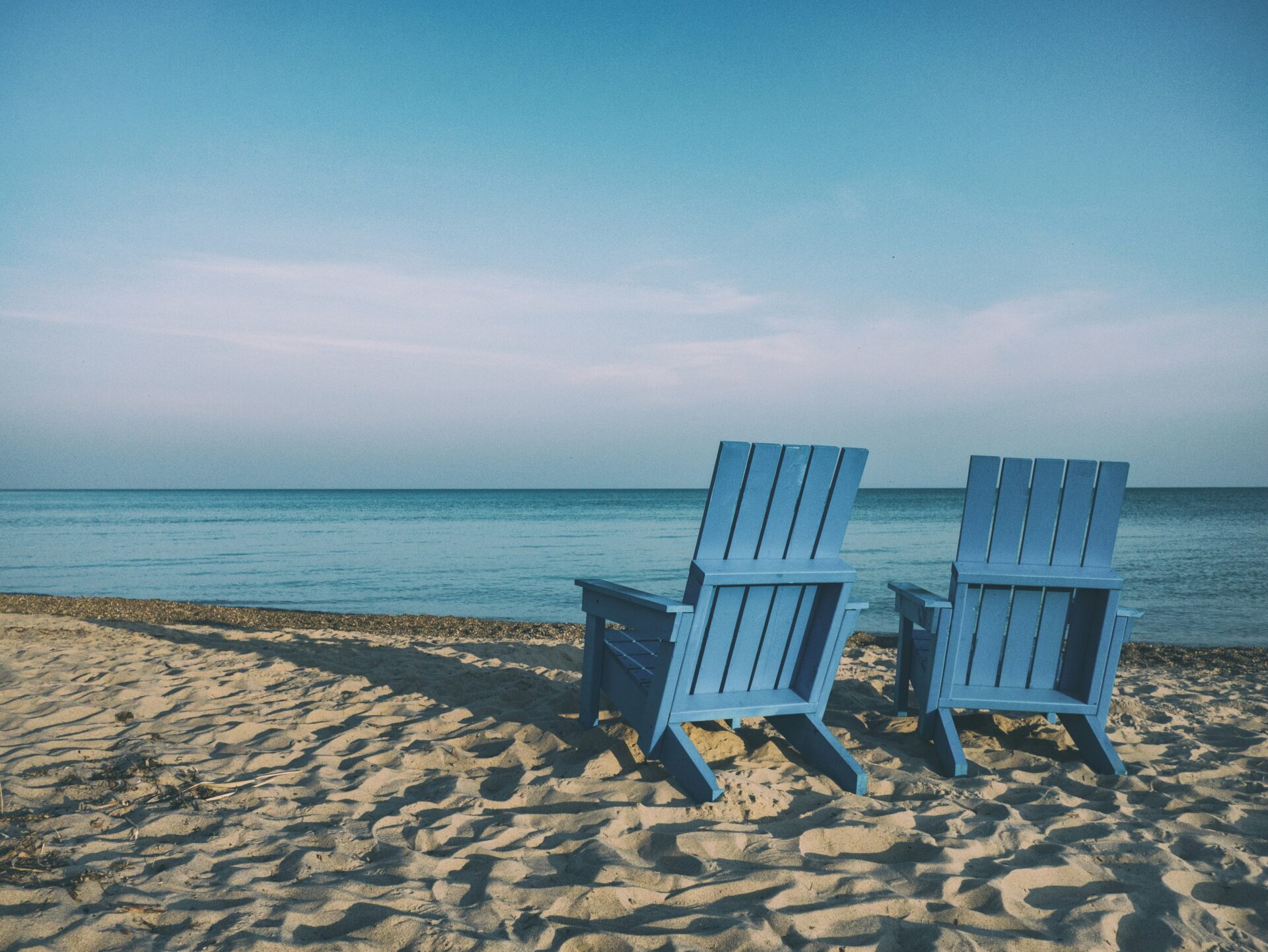
Mediterranean vs. Caribbean: A Surprising Comparison
Plenty of travelers I’ve met here have the same reaction: “Wait, this is Italy? It looks like the Caribbean!” And honestly, they’re not exaggerating.
Both places show off that dramatic turquoise-to-deep-blue gradient. The water is insanely clear in both regions.
Sunlight interacts with the sea in a similar way, bouncing off the seabed and creating bright, vivid colors.
The big difference? Maratea’s waters stay refreshingly cool even in summer, while the Caribbean feels like bathwater.
What really gets me is how close it is. Instead of flying halfway around the world, you can get this Caribbean vibe just a couple hours south of Naples. I still can’t believe how few people know about it.
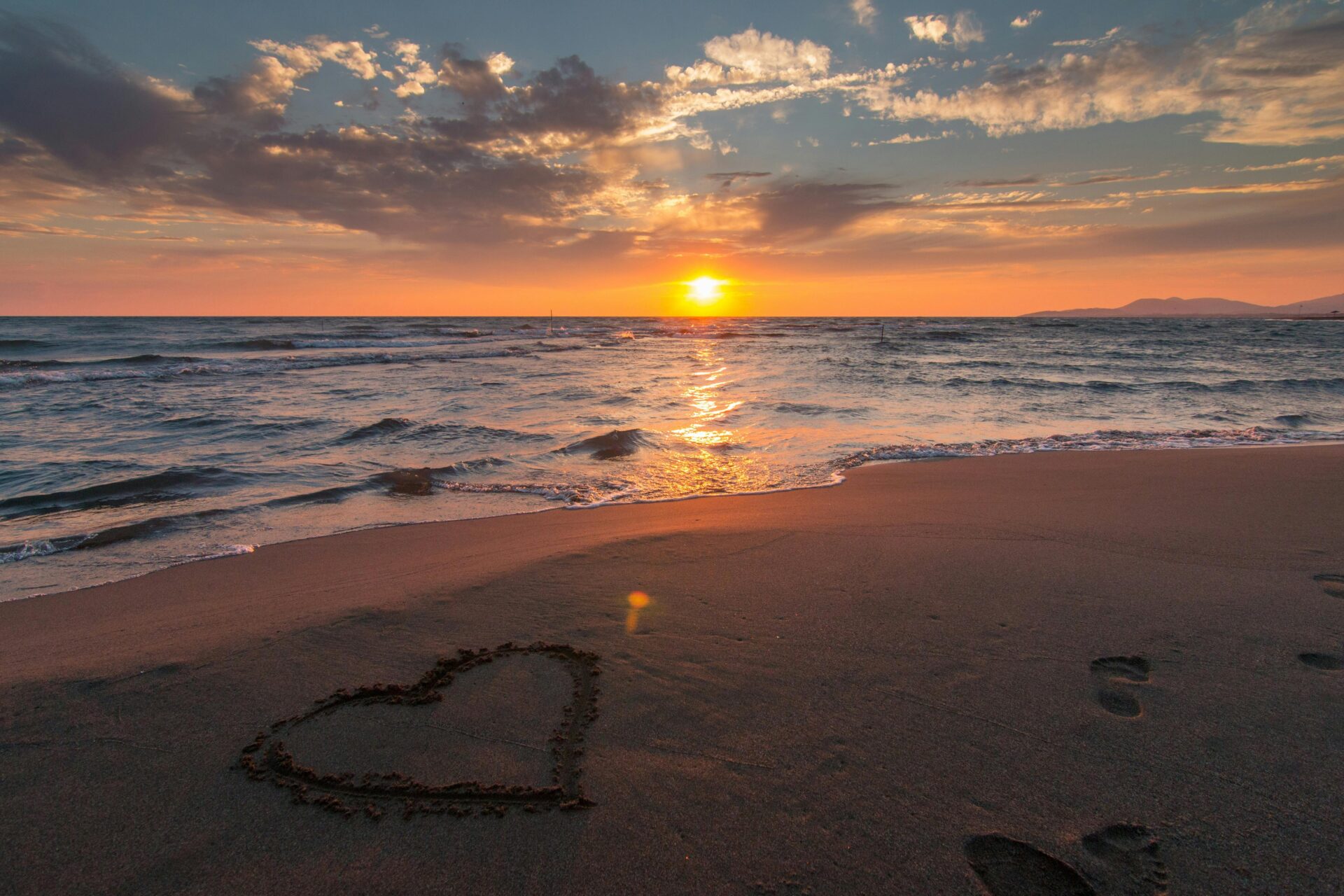
Coastal Adventures: Yachting, Boating, and Mooring Around Maratea
Maratea’s crystal waters make it a top spot for boating adventures in southern Italy. Exploring the coastline by boat shows off hidden caves, secret beaches, and views you just can’t get from land.
Sailing Experiences and Anchorages
If you don’t have your own boat, booking a tour is the easiest way to get out on the water. Several eco-friendly boat rides leave from Porto di Maratea and take you along the coast to explore caves and beaches.
These tours usually last three or four hours, with plenty of stops for swimming in crystal-clear water.
If you know how to sail, chartering a yacht for a day or longer gives you total freedom. The stretch between Maratea and Sapri has several protected spots where you can anchor and swim.
I loved the little bay near Acquafredda. The water there shifts from deep blue to turquoise depending on the light.
Most boats tie up with a stern line close to the rocky shore, keeping things stable and making it easy to hop in for a swim.

Best Spots for Boats and Yachts
Porto di Maratea is the main harbor, with both transient and permanent mooring options. When I visited last summer, the daily rates were surprisingly reasonable—definitely cheaper than the Amalfi Coast.
Between Cersuta and Acquafredda, you’ll find some of the prettiest mooring spots. It’s smart to arrive early, especially in July and August when more yachts show up.
For something really special, sail out to the tiny island of Santo Janni. This uninhabited rock sits about a mile offshore and has a sheltered cove on the east side.
Hardly any tourists make it out here, and the underwater visibility is just unreal.
Marina di Maratea has fuel, water, and the basics. If you need more supplies, Porto di Sapri isn’t far by boat.
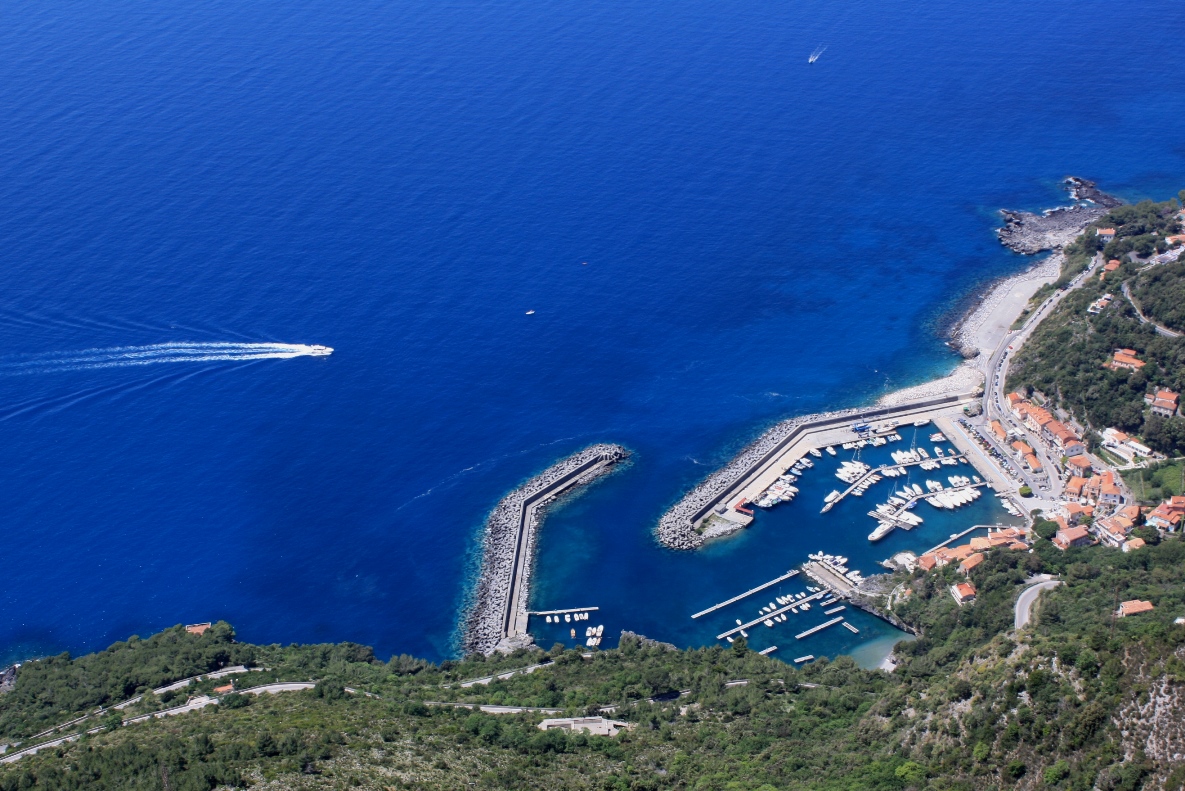
Meeting the Coast Guard: Safety and Local Protocols
The Italian Coast Guard (Guardia Costiera) keeps a close eye on Maratea’s waters during the busy months. I found them friendly and helpful on my last sailing trip.
Every boat needs the right paperwork. If you’re chartering, the company usually sorts this out, but it’s worth double-checking.
Non-EU visitors should carry passports on any trip.
Some stretches of coast are protected marine zones where anchoring is off-limits. Watch for yellow marker buoys—they show you where you can’t drop anchor.
The coast guard actively enforces these rules to protect the seabed, so it pays to pay attention.
Weather here can change fast. I always check the marine forecast before heading out and keep an ear out for warnings, especially about afternoon winds that pick up around 2pm.
The local coast guard broadcasts weather updates in both Italian and English on VHF channel 16.
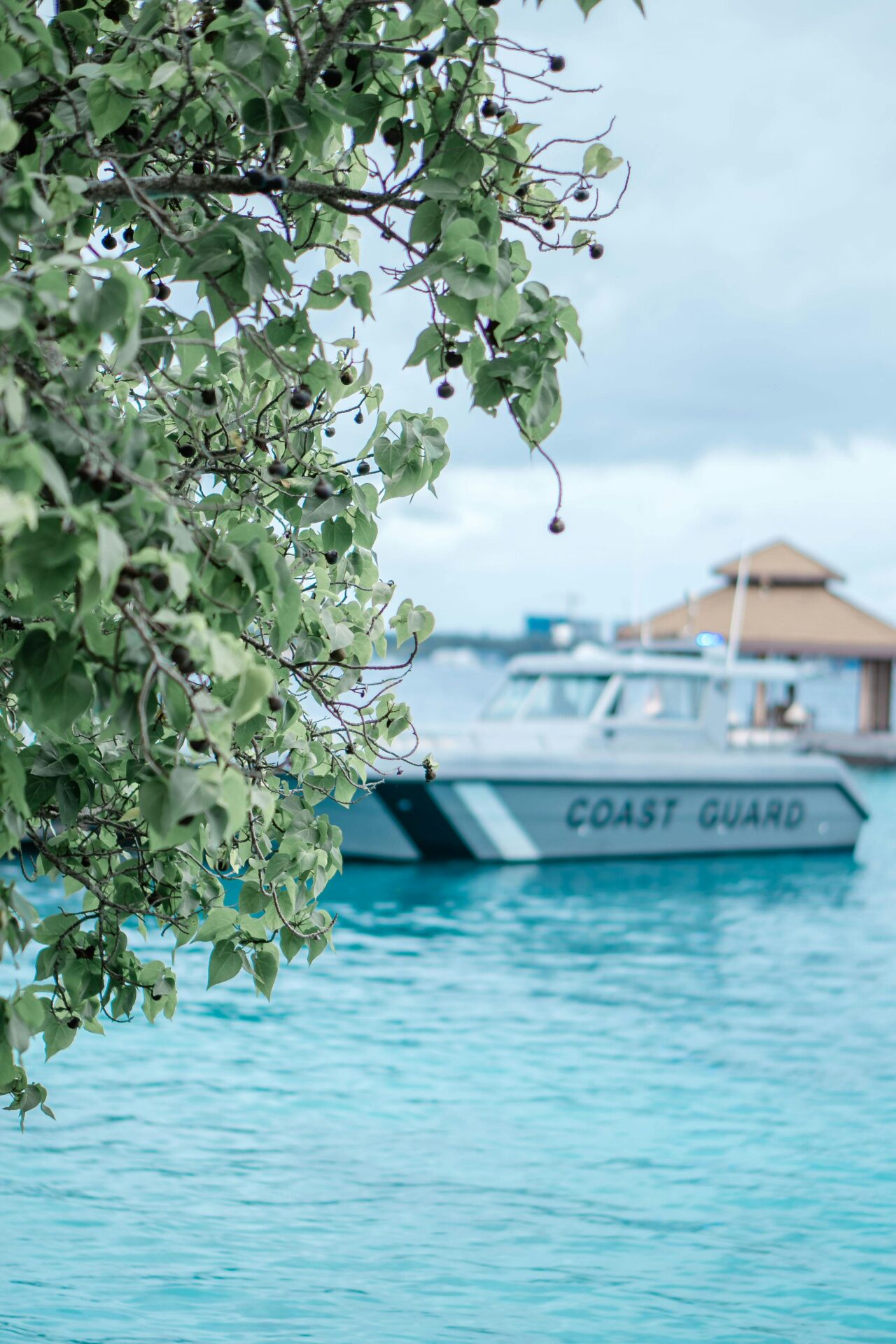
Exploring the Surrounding Regions and Seaside Escapes
Maratea’s turquoise waters might steal the show, but the surrounding coast has plenty to offer too. From dreamy islands to neighboring gems, this part of Italy connects you to a bigger Mediterranean world.
Day Trips to Capri, Ischia, and Procida
I found that day-tripping to the Bay of Naples islands is a perfect add-on to a Maratea stay. Capri, just a few hours north, wows with its Blue Grotto and dramatic cliffs.
Inside the cave, the water glows electric blue—almost surreal.
Ischia feels different, with its volcanic landscapes and thermal spas. I spent an afternoon at Negombo Thermal Gardens, soaking in hot springs that overlook the sea.
Procida, the smallest island, charmed me with its fishing village vibe. The colorful harbor of Corricella was the backdrop for “Il Postino,” and it still feels untouched by mass tourism.
The seafood here is next-level—I had the best spaghetti alle vongole at a tiny place right by the water.
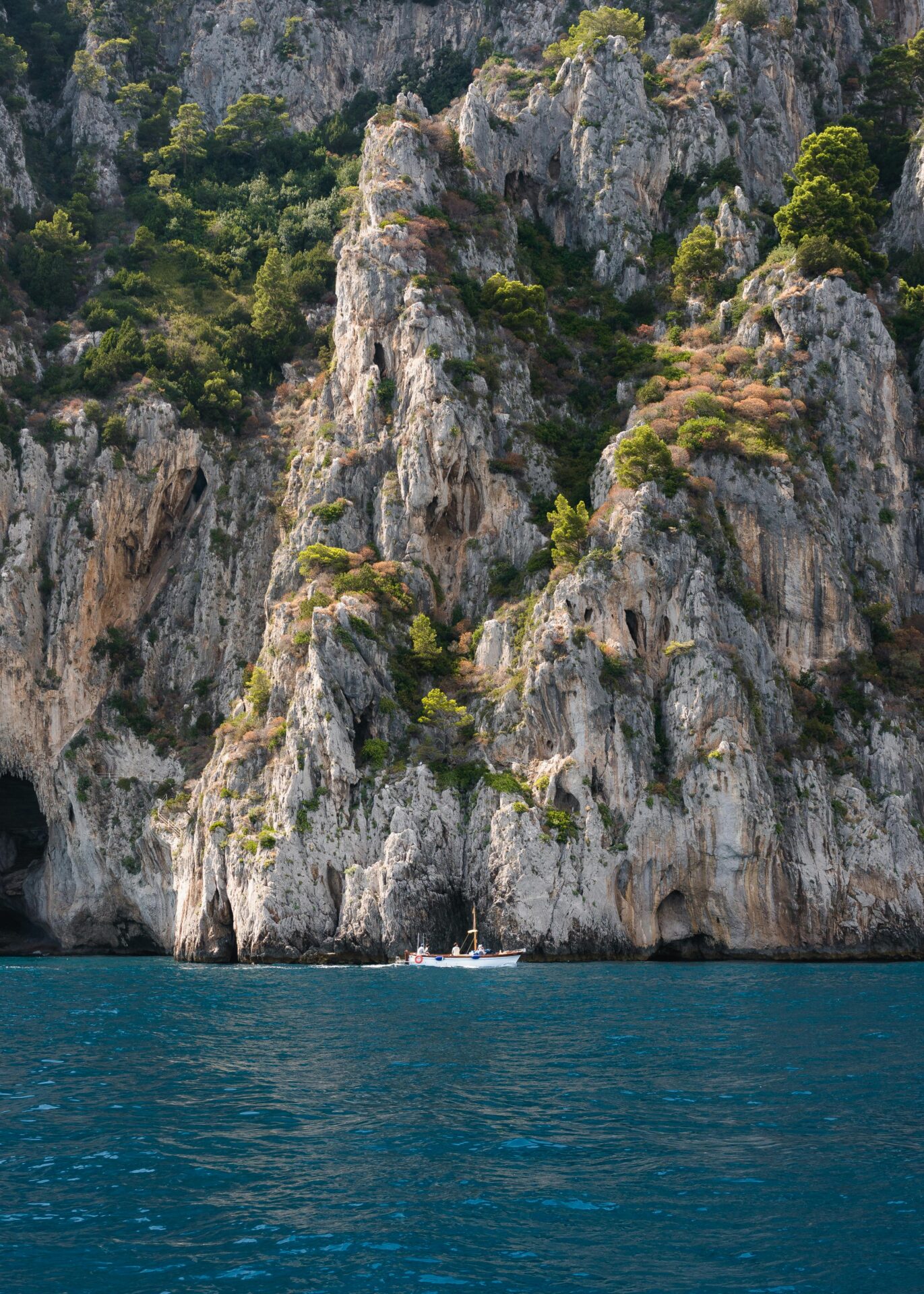
Connections with Other Italian Coastal Regions
Maratea makes a great launchpad for exploring other southern Italian coasts. Puglia, a few hours east, is full of white-washed towns and crystal waters.
I found beaches there that honestly rival the Caribbean.
Down in Calabria, the Costa degli Dei (Coast of the Gods) has some of Italy’s most pristine beaches. The water transitions from turquoise to deep blue along dramatic cliffs.
The Amalfi Coast, while more crowded, offers a different kind of beauty with its vertical villages and lemon groves. Naples works well as a hub, with easy connections to islands and other ports.
If you’re up for exploring, Molise and Abruzzo hide some real coastal treasures along the Adriatic, and hardly any international tourists go there.
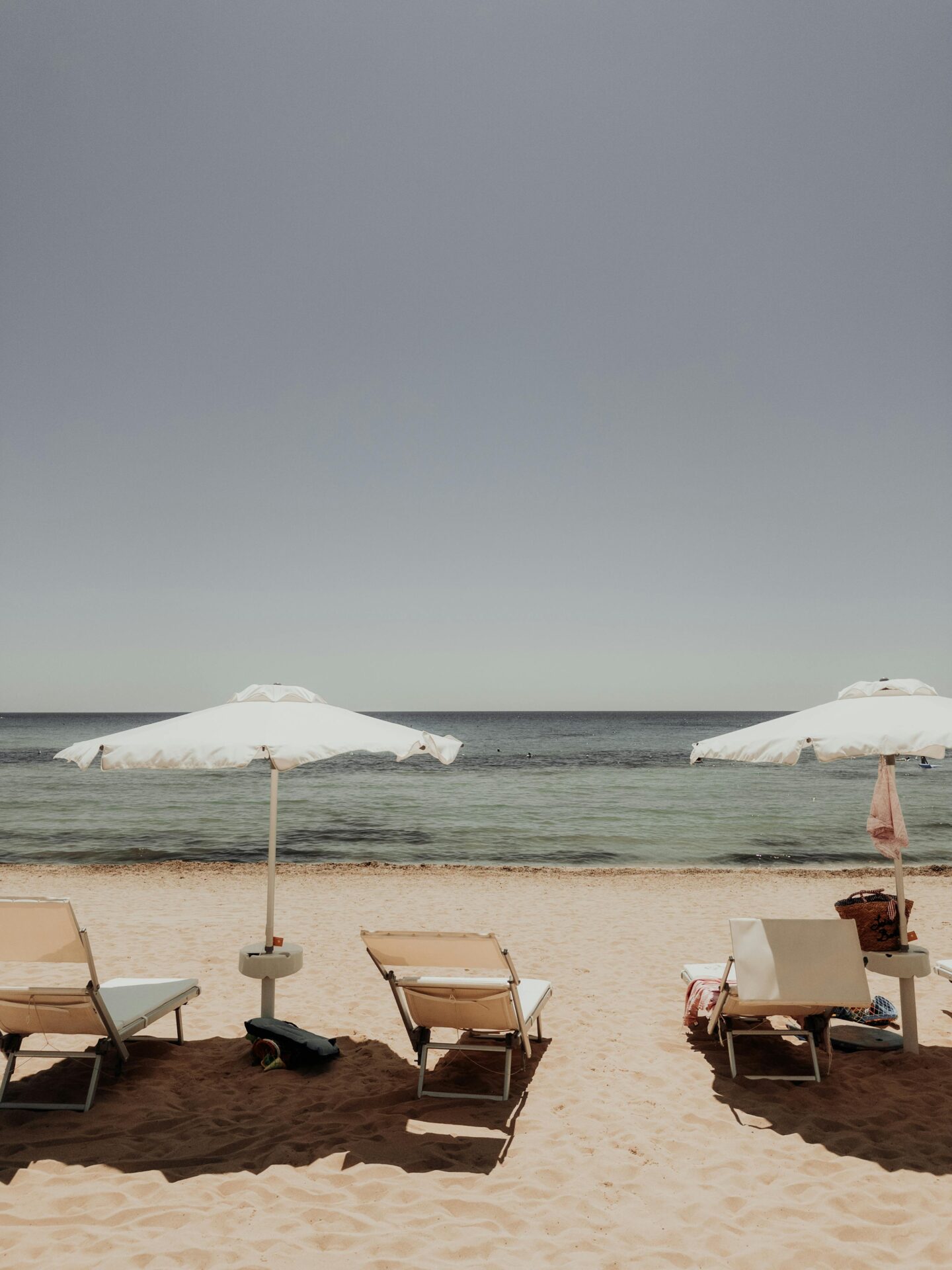
Mediterranean Itineraries: Turkey, Cyprus, and Beyond
The waters around Maratea reminded me a lot of certain Turkish coastlines. I actually put together a Mediterranean itinerary that links both.
Turkey’s Turquoise Coast has those same dramatic cliffs and clear seas.
Cyprus is another great extension if you’re chasing blue water. Around Ayia Napa, the sea glows with similar turquoise shades, though the geology is different.
If you have more time, a southern Mediterranean route from Italy to Greece, Turkey, and Cyprus lets you see how the same sea can look so different from place to place.
Outside the Med, only French Polynesia has given me water colors that even come close—though honestly, it’s a much longer trek.

Capturing the Beauty: Photography Tips and Colors of Maratea
Maratea’s stunning blues and Caribbean-like hues make it a dream for photographers. I’ve learned that understanding the light and natural color palette here really helps you capture what makes this coastline so special.
Best Times and Places for Pictures
I’ve found that early morning—think 6 to 8 AM—and the golden hour right before sunset deliver some of the most magical lighting for Maratea photography.
That soft morning light? It creates a calm, almost dreamlike atmosphere, and the way it bounces off the water just feels peaceful.
If you want memorable shots, head to Spiaggia Nera. The black volcanic sand pops against the bright turquoise water, and it’s honestly hard not to take a good photo there.
You’ll get jaw-dropping panoramas from the Cristo Redentore statue—the coastline and Tyrrhenian Sea just unfold right in front of you.
But honestly, my personal favorite is the harbor at Porto di Maratea. When sunset hits, boats turn into silhouettes against these wild orange and pink skies.
If you’ve got a polarizing filter, bring it. It’ll cut the glare and those deep blues will really jump out—there’s a reason Maratea is known for that color.
Top Photo Locations:
- Cristo Redentore (statue viewpoint)
- Marina di Maratea (harbor scenes)
- Acquafredda Beach (clear water compositions)
- Old Town alleys (architectural details)
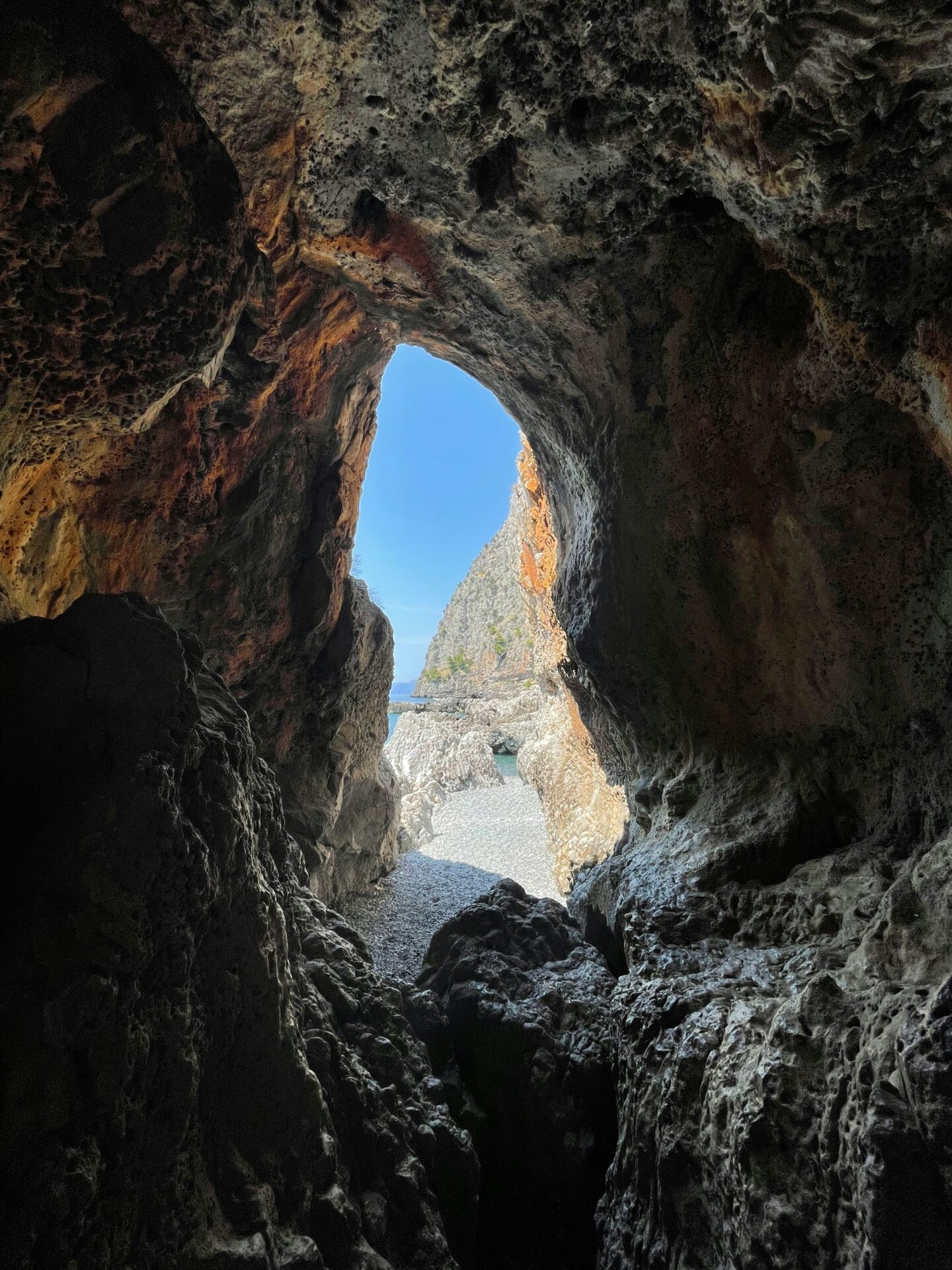
Pigments and Natural Hues: The Science of Color
So, what gives Maratea’s waters their wild, vibrant color? I found out it’s all about the natural setup here.
The water stays clear since hardly any river sediment makes its way into this stretch of the Tyrrhenian Sea.
Those bright blue tones? They show up because the sea floor hits just the right depth, and the rocks around here are packed with limestone.
When sunlight dives into the clear water over pale sand, blue wavelengths bounce back the strongest.
Every time I visit, I notice the water shifting from emerald near the beach to a deep cobalt as you look further out. That gradient happens because different depths soak up red light at different rates.
The green from the plants and those classic terracotta rooftops add to the palette—honestly, it’s a dream for anyone with a camera.
Even the local stone has earthy pigments that mellow out the blues, giving you that perfect Italian mix of colors.
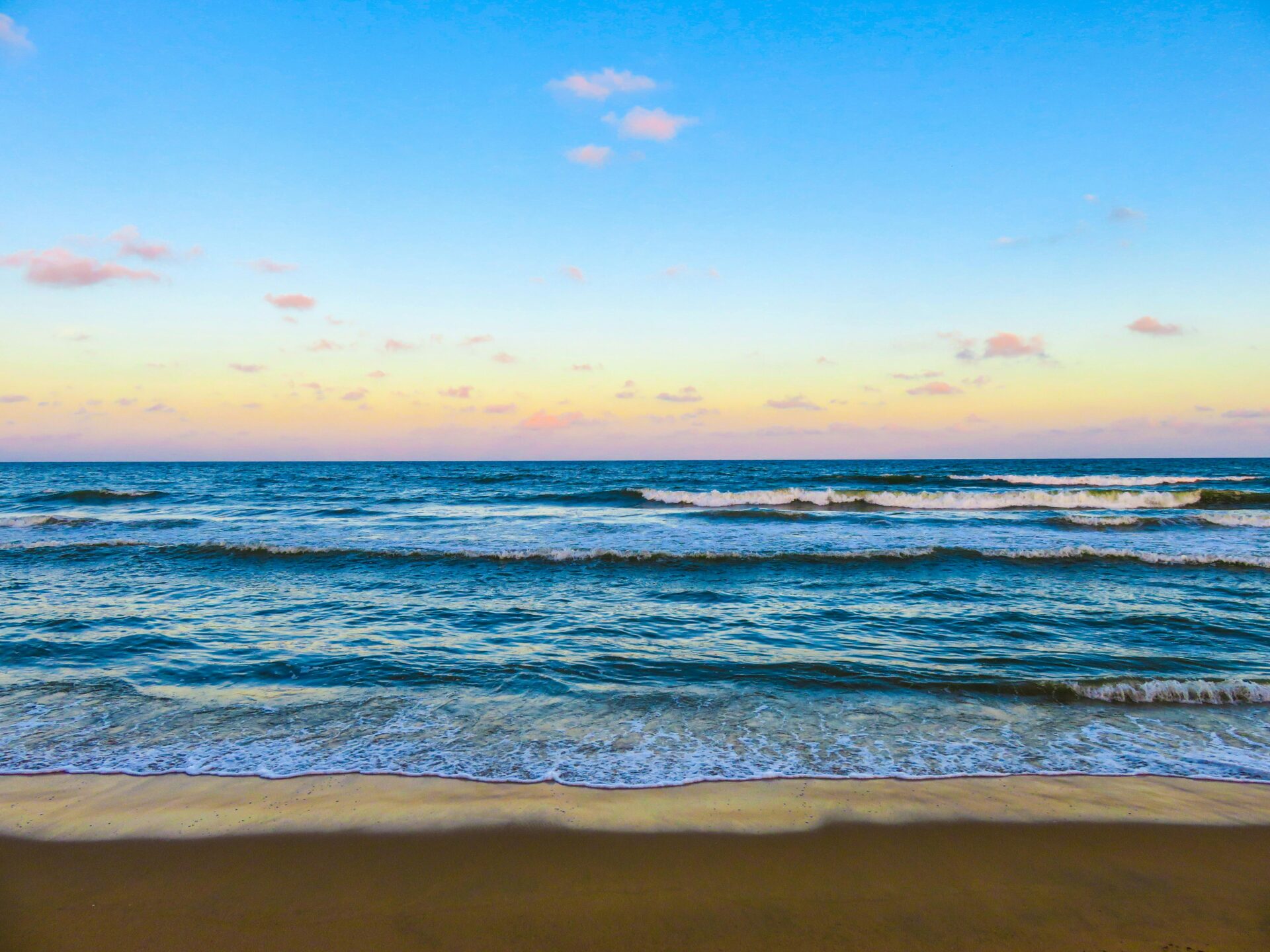
Sharing Maratea’s Palette: Inspiring Your Own Voyage
I’ve noticed that Instagram accounts showing off #MarateaBlue have built up a small but loyal crowd. These photos really capture the spirit of southern Italy’s hidden gem—and honestly, they make me want to travel more.
If you’re posting your own Maratea shots, try grouping them by color. Maybe put all the blue water pictures together, then do a set with those bright white limestone cliffs, and another with the town’s colorful buildings.
My favorite photos? I actually found them when I left the busy tourist spots behind. I wandered into quiet coves you can only reach by a quick hike, and there I saw color combinations you just won’t find anywhere else.
You might want to create a photo journal that shows how the colors change from dawn to dusk. Morning starts off with pale blues, then shifts to that midday turquoise, and by sunset you’ll catch golden reflections (like this). As night falls, everything turns a deep indigo.
Photography Equipment Tips:
- Bring a wide-angle lens for those sweeping coastal views.
- Use a polarizing filter to boost the water’s color.
- Pack a small tripod if you want to catch those long-exposure sunsets.
- Don’t forget weather-sealed gear—sea spray can sneak up on you.

